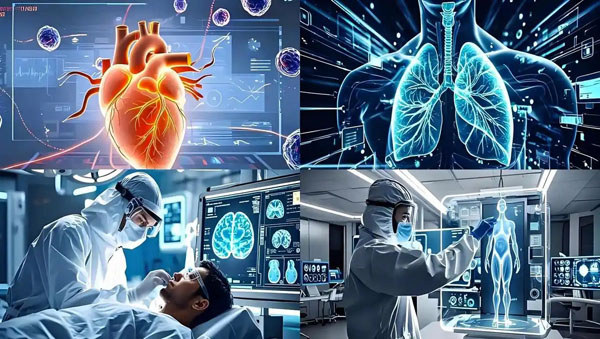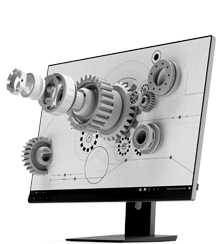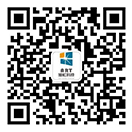What are the special uses of touch function in medical devices

The application of touch function in medical devices has been deeply integrated into the entire diagnosis and treatment process, not only improving operational efficiency and accuracy, but also demonstrating unique value in infection control, data integra
The application of touch function in medical devices has been deeply integrated into the entire diagnosis and treatment process, not only improving operational efficiency and accuracy, but also demonstrating unique value in infection control, data integration, and patient experience. The following is a detailed analysis of its core uses and technical characteristics:
I. Diagnosis and treatment operations and information exchange
1. Surgical and diagnostic assistance
-Real time intraoperative retrieval: Surgeons can directly access CT and MRI images from the PACS system through the touch screen during surgery, without taking off gloves to zoom in and annotate key areas, ensuring surgical accuracy.
-Imaging diagnosis optimization: Industrial grade touch screens (such as 4K/8K resolution, IPS wide viewing angle) can present medical image details with high precision, support multi touch annotation of lesions, and assist doctors in making quick decisions.
2. Mobile medical workstation
-Intelligent Cart Integration: The touch all-in-one machine is embedded in the medical cart, replacing paper medical records, supporting real-time entry of patient data, querying medical history and allergy information, and improving ward inspection efficiency by 40%.
-Aseptic environment adaptation: The screen supports glove touch and alcohol disinfection, meeting the aseptic requirements of operating rooms, ICUs, and other scenarios to avoid operational interruptions.
II. Patient Service and Process Management
1. Full process coverage of self-service terminals
-Touch devices are integrated into registration machines, pick-up machines, and payment terminals to provide "one-stop" services and reduce manual window pressure. For example, the Touchwo 10.1-inch all-in-one machine supports QR code payment and report printing, reducing patient waiting time by 30%.
-Identity verification and security: Supports medical card sensing and facial recognition (maintaining high accuracy even under mask cover) to ensure information security.
2. Intelligent management of wards
-Bedhead interactive screen: Patients can view medical orders, call nurses, and monitor real-time data such as heart rate and blood pressure through the touch screen, and automatically sound an alarm in case of abnormalities.
-Nurse Station Large Screen Collaboration: Integrate ward information (infusion progress, allergy alerts, handover status), assign tasks through touch and drag, and reduce human errors.
III. Innovation in Rehabilitation Therapy and Training
1. Interactive rehabilitation training**
-The touch screen is embedded with equipment such as muscle strength assessment system and balance training device, dynamically displaying training tutorials and real-time data. For example, patients follow the guidance of the touch interface for motion correction, and the system automatically analyzes the training effect and adjusts the intensity.
-Fun and compliance: Gamified touch interfaces (such as virtual rowing and step training) enhance patient engagement, especially suitable for children and elderly rehabilitation.
2. Remote rehabilitation guidance
-The touch all-in-one machine that supports 5G modules can download rehabilitation video tutorials, allowing doctors to remotely monitor the training process and correct patient movements through touch annotations.
IV. Hospital operation and multi terminal collaboration
1. Remote consultation in the department
-The touch screen supports QR code projection, allowing doctors from multiple departments to simultaneously view CT images and diagnostic reports of the same patient, annotate and discuss in real-time, and improve collaboration efficiency.
2. Emergency response and resource scheduling
-In public health incidents, touch command screens integrate bed, material, and transportation data to achieve dynamic resource allocation. For example, during the epidemic, it was used for temperature monitoring terminals, with infrared modules linked to touch alarms.
V. Technical features and adaptation to medical scenarios
Touch medical devices need to meet strict environmental requirements, and their core technical features include:
Technical requirements | Implementation plan | Medical value |
Aseptic operation | IP65 protection+alcohol resistant coating | High frequency disinfection in the operating room does not damage the screen |
Anti-electromagnetic interference | EMI/EMC protection+aviation interface | Prevent signal interference from ICU equipment |
Extreme environmental stability | Wide temperature range (-30 ° C~85 ° C) | Stable operation of disinfection cabinet and on-board equipment |
High intensity use | Touch count ≥ 50 million times | Self service terminal 24-hour response |
Summary: How Touch Technology Reshaps Medical Scenarios
Precision diagnosis and treatment upgrade: from image annotation to surgical navigation, touch control enables "precise control between fingers".
Process efficiency leap: Self service terminals reduce manual processes, and nurse station screens break down "information silos".
Patient experience innovation: gamification of rehabilitation, bedside screen interaction, improving treatment compliance and satisfaction.
Breakthrough in nosocomial infection control: compatibility with anti liquid infiltration and disinfection, meeting the special requirements of medical environments.
In the future trend, flexible touch screens (wearable monitoring), Mini LED backlighting (small lesion recognition), and 5G+AI remote touch interaction will further expand the boundaries of smart healthcare.










